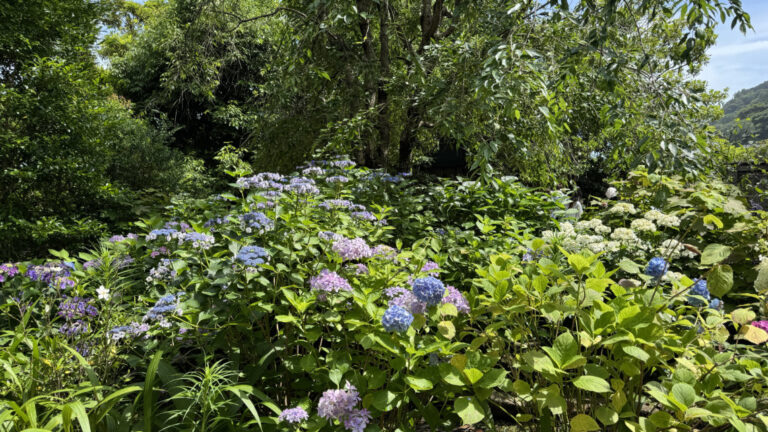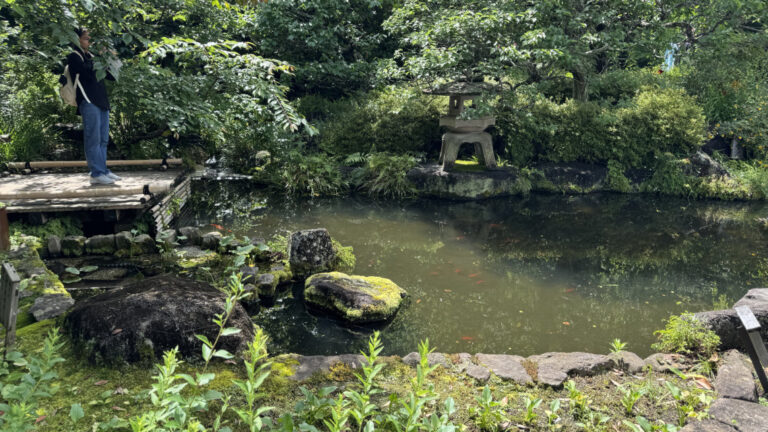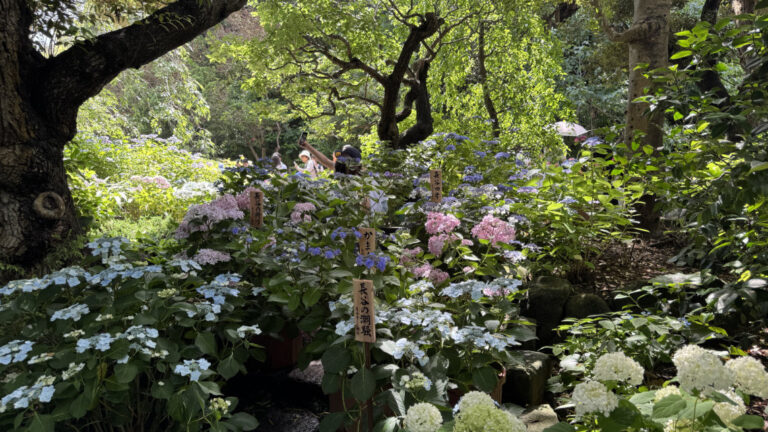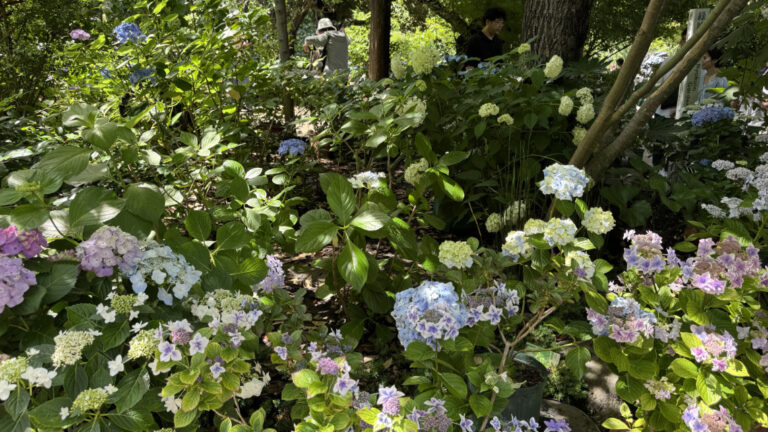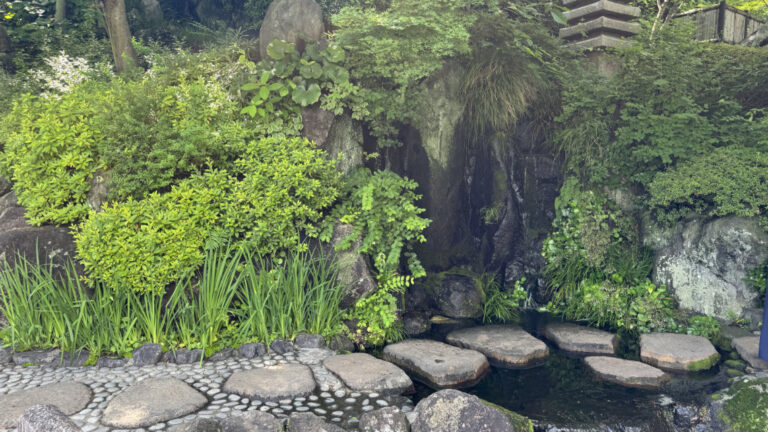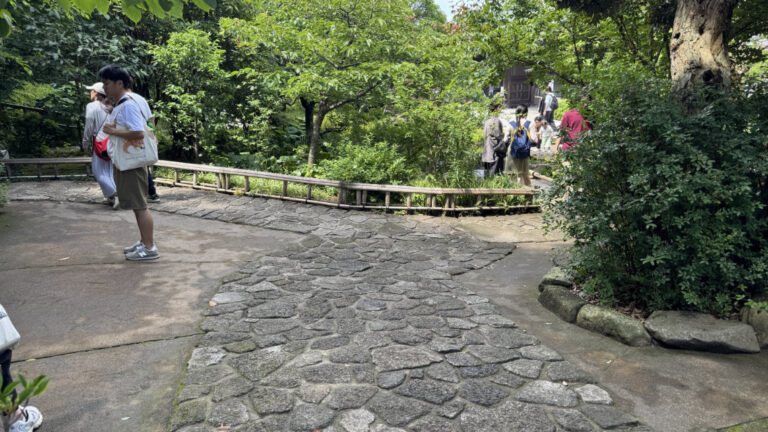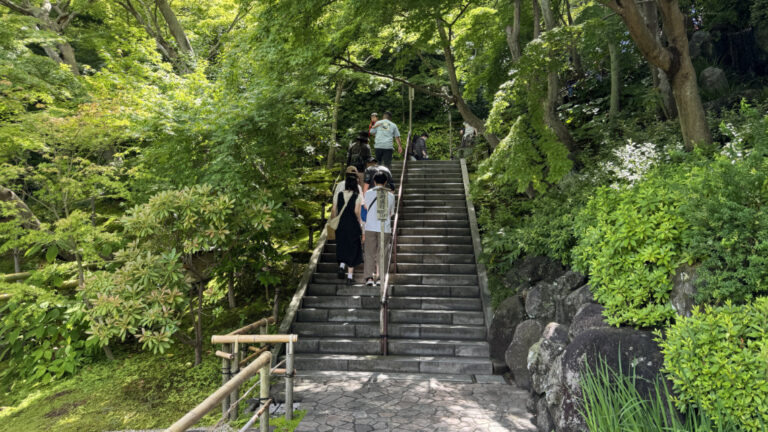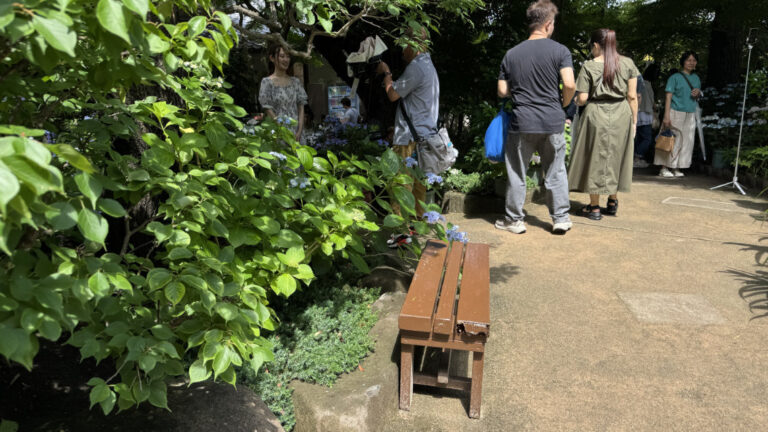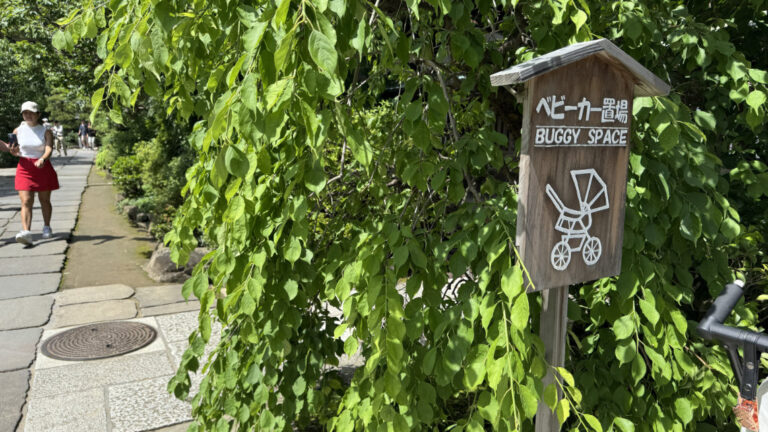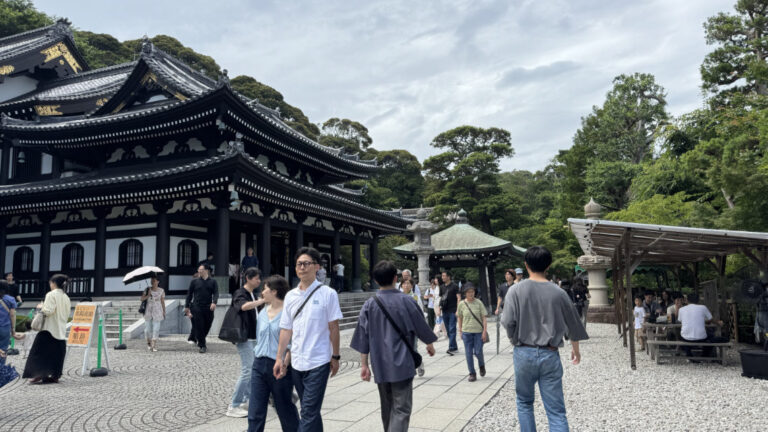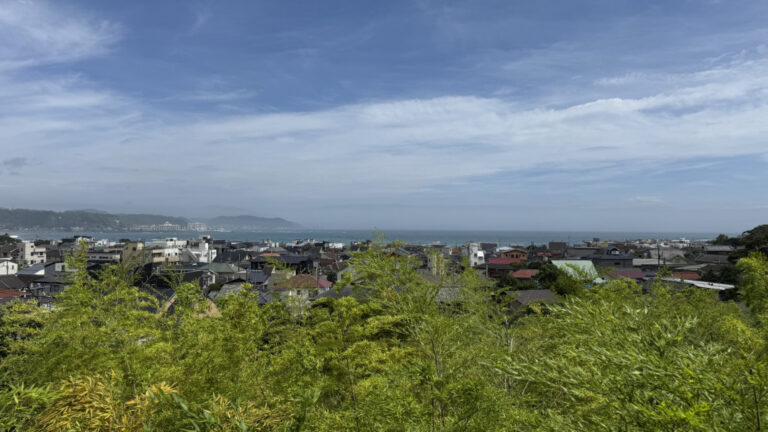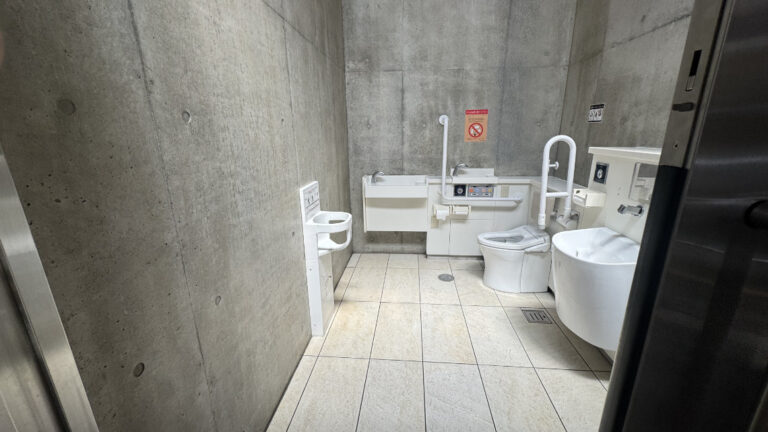Hasedera in Kamakura blends history, spirituality, and seasonal beauty on a peaceful hillside. While the lower gardens are accessible, the main hall and museum require stairs, limiting full access for some visitors.
General Information

Hasedera, officially known as Kaikōzan Jishōin Hasedera, is a Buddhist pilgrimage temple nestled on hill of Kamakura in Kanagawa Prefecture. According to legend, in 721, the monk Tokudō Shōnin carved two statues of the Eleven‑head Kannon from a camphor tree. One statue was enshrined at Hasedera in Nara, and the other was set adrift, later washing ashore near Kamakura in 736. A temple was built here to house this sacred icon, and it has flourished since, especially during the Kamakura period (1192-1333).
Hasedera originally belonged to the Tendai sect but now belongs to the Jōdo‑shū branch of Pure Land Buddhism. Its main hall, Kannon-dō, houses the 9.18 m tall, gold‑gilded wooden statue of the Eleven‑head Kannon – one of Japan’s largest such statues and a designated Important Cultural Property.
The temple grounds also feature seven main buildings, including Amida‑dō, Jizō‑dō, the Benzaiten grotto (Benten‑kutsu), Shōrō (belfry), and the Kannon Museum, which houses treasures like a temple bell from 1264 and Kamakura-era documents. Thousands of small Jizō statuettes dot the grounds, memorializing children lost to miscarriage or stillbirth.
Hasedera is also famous for being a “flower temple.” Seasonal blooms – from hydrangeas in June – July to peonies, cherry blossoms, and autumn foliage draw in nature lovers year-round.
The temple is open daily from 8:00-17:00 (last entry 16:30) July-March, and 8:00-17:30 (last entry 17:00) April-June. Access to the temple grounds is ¥400 (adults), ¥200 (children 6–11) and the Kannon Museum is an additional ¥300 (adult) / ¥150 (child). Disability discounts are available.
Getting There
Hasedera is approximately a 5-6 min walk from Hase Station on the Enoden Line. The station is accessible and has separate toilets for those with disabilities. The sidewalk to the temple is narrow and bumpy.
Paid parking is available at the temple, but no dedicated accessible parking spots are designated.
Accessibility
The temple is built along a hillside, so while the lower section is relatively easy to explore, reaching the upper areas can be a challenge or impossible based on mobility needs.
The entrance area and the lower garden paths, where you’ll find traditional ponds with koi and seasonal flowers, are accessible to wheelchair users and those with mobility devices. The paths are paved but can be a bit bumpy and uneven in places, and some sloped areas may require caution.

The Benzaiten grotto can also be entered with a wheelchair up to a point, but further inside there’s a very low-ceilinged section that’s too low for most wheelchairs and difficult to navigate even for those on foot. It is possible to explore the first section and then return through the entrance.
Unfortunately, the main temple hall and museum are located on a steep flight of stairs and cannot be reached without climbing. There is no lift or alternate accessible path to the upper level. For those who need a rest or to wait as their companions go to the temple, there are benches available along the way to rest and take in the surroundings.
For those with visual impairments, it’s worth noting that there are no tactile paving blocks throughout the temple grounds, which could make solo navigation more difficult. Licensed guide dogs are permitted on the temple grounds.
During popular times, such as hydrangea season or weekends, the paths become crowded and narrow, making it difficult to avoid close contact with other visitors. This may be overwhelming for guests with sensory sensitivities. While there are no bright lights or sudden flashes, and minimal noise other than the crowds, seasonal flowers and incense from the temple may be too strong for some visitors.
Families visiting with young children will find a designated area just inside the gate for stroller parking. Because of the stairs leading up to the temple, it’s recommended to leave strollers here before exploring the grounds on foot.

There is no accessible toilet inside the temple itself, but just outside the main entrance there is a modern multipurpose restroom. It includes a wheelchair-accessible toilet with side rails, an ostomate sink, a baby changing station, and a wash basin with knee clearance for wheelchair users. The space is clean, flat, and wide enough to accommodate power chairs. Automated bidet and flush controls are available, as well as an emergency call button for assistance. There is no adult-sized changing table.



